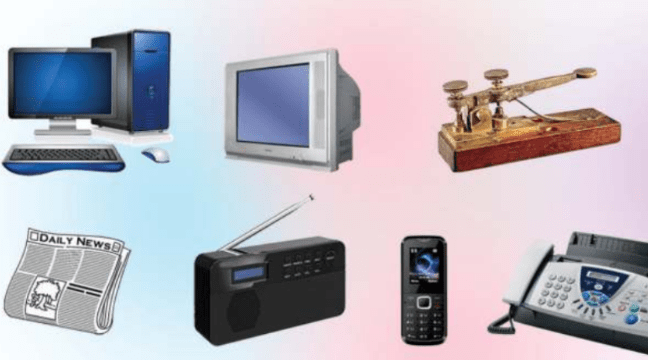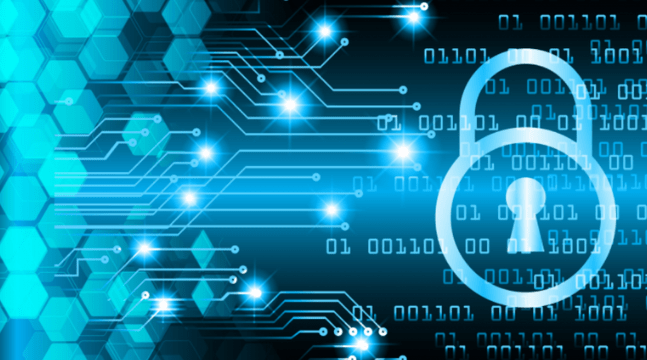For centuries, creativity has been the one thing machines could never master. Art, music, storytelling—these were uniquely human pursuits, fueled by imagination, emotion, and soul. But now, something shocking is happening: Artificial Intelligence is invading the creative space, and it’s moving faster—and deeper—than anyone expected.
AI can now paint portraits, compose symphonies, write poetry, generate video scripts, edit films, and even design fashion collections. What used to take teams of experts weeks or months can now be done by a single algorithm in minutes. But does this mean that artists, musicians, writers, and designers are on the verge of extinction?
Not quite.
The truth is far more complex—and far more fascinating. In this article, we’ll explore how AI is transforming the creative industries, from the rise of generative content to the ethical minefields of deepfakes and authorship. We’ll reveal who’s using AI to amplify their genius—and who’s fighting back to preserve the human touch.
This isn’t just a tech trend. It’s a cultural revolution.
A New Creative Partner: What AI Can Already Do
The capabilities of modern AI in creative industries are nothing short of stunning. AI is no longer just a tool—it’s a collaborator, capable of producing original work across multiple disciplines.
Here’s what it can already do:
- Text: Tools like ChatGPT can generate blogs, articles, novels, ad copy, and even screenplays.
- Art & Design: Generative platforms like Midjourney and DALL·E create stunning visual artwork from simple text prompts.
- Music: AI platforms like AIVA and Amper Music compose full orchestral scores, pop songs, and ambient soundtracks.
- Film: AI is editing raw footage, enhancing visuals, auto-generating scripts, and even resurrecting deceased actors with digital doubles.
- Fashion: AI tools analyze trends, predict designs, and generate new clothing styles before a human sketch is even made.
This is no longer hypothetical—it’s already being used by major brands, studios, and artists around the world.
The Double-Edged Sword of AI Creativity
The Upside: Speed, Scale, and Accessibility
AI offers undeniable benefits to creative professionals:
- Faster production: What once took hours or days can now be completed in minutes.
- Lower cost: Fewer resources needed to generate high-quality content.
- Democratization: Anyone with an internet connection can now create art, music, or writing with little to no formal training.
- Personalization: AI can tailor content to individual tastes in real time—think custom music playlists or personalized storylines.
For freelance creators, small businesses, and even independent filmmakers, AI is leveling the playing field.
The Downside: Authenticity, Ownership, and Job Displacement
But there’s a darker side.
- Loss of originality: If AI is trained on existing works, is it really creating anything new?
- Job displacement: Copywriters, illustrators, and even composers are seeing their roles threatened or outsourced to algorithms.
- Copyright chaos: Who owns an artwork created by AI? The user? The developer? The machine itself?
- Ethical dilemmas: Deepfakes and AI-generated likenesses raise serious questions about consent, deception, and identity theft.
These concerns are sparking lawsuits, protests, and a growing backlash across industries.
AI in Art: The Rise of Machine-Made Masterpieces
In 2018, a portrait titled “Edmond de Belamy” created by an AI sold at auction for $432,500. Since then, the art world has exploded with AI-generated pieces.
Artists now use AI to:
- Create surreal landscapes and dreamlike images from text prompts.
- Blend visual styles from different eras into unique hybrids.
- Generate endless variations of a concept in seconds.
But many critics argue that AI lacks emotion, context, and consciousness—the very essence of what makes art “art.” Can beauty created by a machine truly move us?
The debate is far from settled.
AI in Music: Composers or Coders?
AI doesn’t just remix songs—it creates them from scratch. Platforms like OpenAI’s MuseNet or Sony’s Flow Machines are composing full albums without human input.
Musicians are using AI to:
- Generate melodies and chord progressions
- Produce beats and harmonies instantly
- Create personalized playlists based on listener moods
AI is also writing theme music for films, background tracks for games, and commercial jingles—cutting out the need for studio time or live musicians.
But again, the question arises: Can music written by a machine stir the soul like Beethoven or Beyoncé? And if an AI replicates a legendary artist’s style—does it cross the line into creative theft?
AI in Film & Media: From Script to Screen
Hollywood is already leveraging AI for:
- Script analysis: Predicting box office performance based on plot, character, and tone.
- Casting decisions: Matching actors to roles based on data-driven analysis.
- Visual effects: Recreating faces, voices, and settings with photorealistic precision.
In 2020, AI was used to edit trailers, analyze audience reactions, and even generate dialogue for reshoots.
One of the biggest controversies? Deepfake actors—AI-generated replicas of real people, including deceased celebrities.
This raises enormous ethical and legal concerns. If a studio can digitally resurrect a performer, who gets paid? Who grants permission? Where do we draw the line?
The Writer’s Room vs. The Algorithm
Writers are feeling the heat more than ever.
AI can now:
- Draft news articles and sports recaps in real time
- Generate blog posts, product descriptions, and SEO content
- Brainstorm plots, character arcs, and dialogue
- Write ad copy tailored to audience personas
For content marketing and journalism, AI tools are already in daily use.
But professional writers argue that while AI can generate text, it doesn’t understand nuance, subtext, or cultural context. The danger? A flood of generic, soulless content—and the slow erosion of human storytelling.
The Creator Economy: Evolved or Exploited?
Platforms like TikTok, YouTube, and Instagram have birthed a generation of content creators. But AI is changing the game:
- AI influencers like Lil Miquela have millions of followers and brand deals—without ever existing in real life.
- Voice cloning tools allow creators to replicate their own (or others’) voices without recording.
- AI video editors automate transitions, captions, and visual effects for short-form content.
For creators, this is a golden opportunity to scale faster than ever. But it’s also a warning shot—if an AI can create content just like you, what happens to your edge?
Regulation, Ethics, and the Fight for Human Creativity
As AI floods creative industries, regulators and artists are pushing back:
- The U.S. Copyright Office recently ruled that AI-generated work cannot be copyrighted without human input.
- Artists are suing platforms that trained AI using their original works without consent.
- Unions are demanding protections for writers, musicians, and designers against AI-driven job cuts.
- Major tech firms are beginning to label AI-generated content for transparency.
The fight is no longer about whether AI can be creative. It’s about who controls creativity—and who profits from it.
Human + AI: The Real Creative Superpower
The future isn’t human vs. machine—it’s human + machine.
When used ethically and creatively, AI can enhance human artistry in incredible ways:
- Speed up brainstorming and prototyping
- Eliminate tedious production work
- Offer new mediums and methods of expression
- Make creativity more inclusive and accessible
The key is to use AI as a brush, not the painter. Human emotion, intuition, and vision must remain at the heart of creativity. Machines can support us—but they can’t replace our soul.
Conclusion: Creativity Is Evolving—But It’s Still Ours to Define
The impact of AI on creative industries is undeniable. It’s fast, powerful, and changing the rules. But creativity is more than just output—it’s about connection, meaning, and human experience.
AI can help us create more, faster, and cheaper—but it’s up to us to ensure that what we create still matters.
The future of creativity will belong to those who don’t resist AI, but who master it without losing themselves. Because while machines can generate beauty—they can’t feel it.
And that’s the edge human creators will always have—if we choose to keep it.
FAQs
Q1: Can AI really create original art or music?
AI can generate art and music by learning from existing patterns, styles, and data. While it can produce original combinations, many argue it lacks true creativity because it doesn’t experience emotion or intent.
Q2: Will AI replace human artists, writers, and musicians?
AI may automate some tasks, but it’s unlikely to replace human creators entirely. The most effective future will likely be collaborative, with humans and AI working together to enhance creativity.
Q3: Who owns AI-generated content?
Legal ownership of AI-generated content is still evolving. In many jurisdictions, work created without human input cannot be copyrighted, raising complex issues around authorship and intellectual property.
Q4: How are artists and creators protecting their work from AI scraping?
Some platforms are developing opt-out tools to prevent AI from scraping original content. Legal action is also being taken by creators whose work has been used without permission to train AI models.
Q5: Are there ethical concerns about AI in creative industries?
Yes. Concerns include the use of deepfakes, unauthorized cloning of voices or faces, bias in training data, and the displacement of human workers in creative roles.
Q6: Can AI understand culture and emotion in the same way as humans?
No. AI can simulate patterns and mimic emotional language, but it lacks consciousness, empathy, and cultural awareness—making it limited in delivering deeply resonant or culturally nuanced work.
Q7: What should creators do to stay relevant in the age of AI?
Creators should learn to integrate AI into their workflow, focus on originality and authenticity, and develop unique styles that machines can’t replicate. Embracing AI as a tool—not a threat—is the best strategy.



